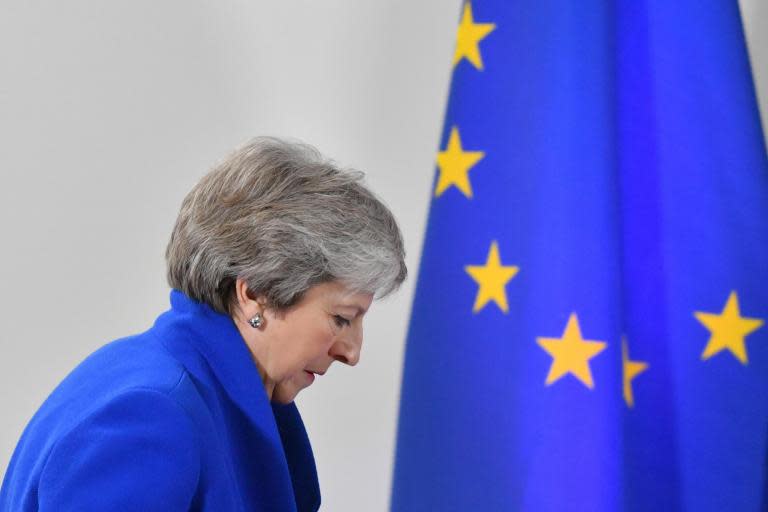What’s the difference between the withdrawal agreement and future trade deal – and do the terms of one affect the other?
The difference between the EU-UK withdrawal agreement and the future trade and other relationships, at present only a draft political declaration, is the difference between a legally binding defined “divorce agreement”, on the one side, and a rather more imprecise declaration of future intentions – a sort of pre-nup that cannot be enforced in a court, on the other side.
Though often regarded as completely separate, the withdrawal agreement and the – eventual, if it happens – EU-UK trade and security treaty, are in fact intimately related, through the Irish border issue.
This, in turn, is because the EU insisted, and the UK agreed, to “make sufficient progress” on the Withdrawal Agreement before embarking on the new trade treaty, let alone completing it. In the end there was hardly enough time to get the Withdrawal Agreement drafted.
The EU and Britain also jointly agreed – a UK “red line” in fact – that the Irish border should be open, without physical infrastructure or anything else against the letter or spirit of the 1998 Belfast Agreement, also known as the Good Friday Agreement. The intention there is to prevent a return of The Troubles.
So the border issue and the timing of the talks largely pre-empted the second issue of whether the UK would have to be in the EU customs union and/or the single market. Hence much of the discussion about future trade and customs arrangements has already been (conditionally) settled between the EU and the UK government – but is unlikely to be ratified by the House of Commons. The issue of the backstop that keeps Northern Ireland in parts of the EU has, obviously, proved very divisive.
Another difference is ease of ratification. While the “draft agreement on the withdrawal of the United Kingdom of Great Britain and Northern Ireland from the European Union and the European Atomic Energy Community”, the divorce agreement’s full official title, can be agreed by EU heads of government (plus the EU and UK parliaments), a future as yet unknown UK-EU deal needs many more mandates.
A future UK-EU trade treaty will require approval by 40-plus national and regional assemblies from Lisbon to Bratislava. Consent cannot be assumed: not so long ago the Walloon Parliament, covering Francophone southern Belgium, vetoed and delayed the EU-Canada trade deal, Ceta. It would be surprising if the Dail Eireann or the Cortes Generales didn’t try to get some last minute concessions on Northern Ireland and Gibraltar.
Around a year ago the UK government policy was that “nothing is agreed until everything is agreed”.
In other words, the £39bn subventions to the EU and all else in the divorce agreement would not be signed off until a new comprehensive trade, political and security treaty was also ready. Such have been the delays that the two have been concertina’d into one legally binding treaty and one non-binding declaration – comprising what is sometimes termed “blind Brexit”.
Where the original intention was that the divorce agreement and new marriage contract were to be a single robust package, now they have to be two separate documents and processes. That is why the question about differences between them is now bring raised – and why it cannot easily be answered precisely.
If the withdrawal agreement is thrown out, there may not even be a new UK-EU trade treaty, or at least not for many years. It is not much of an exaggeration to say that in substance we are not much further ahead than we were on that sunny historic morning in June 2016.

 Yahoo News
Yahoo News 

